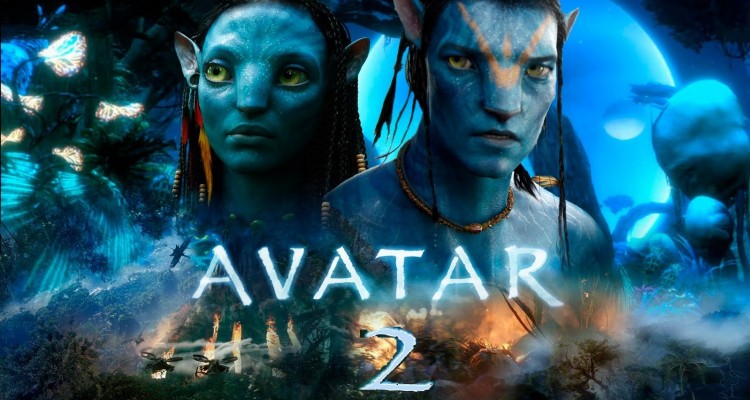Promises major tech innovation for Avatar sequels
Avatar director James Cameron believes that when it comes to the future of film, the future is 4K, HDR-enabled films that run at 120 frames per second and support glasses-free 3D.
Cameron, who was awarded with an honorary membership in the Society of Motion Picture and Television Engineers, said that the future of film was embracing higher frame rate technology (HFR) and argued that the version of 3D that filmmakers are using now isn’t great. According to The Hollywood Reporter, Cameron said that although he thinks true 3D films can be made that don’t cause discomfort for viewers, the technology wasn’t quite there yet.
“I’m still very bullish on 3D, but we need brighter projection, and ultimately I think it can happen — with no glasses,” Cameron said. “We’ll get there.”
The director also spoke briefly about his upcoming Avatar franchise expansion. In April, Cameron announced that there would be four more Avatar movies made over the next seven years. With new technology emerging, and new native 4K HDR-enabled, IMAX cameras being developed, it’s not out of reach for Cameron to want to work with the best tools available. When Avatar was released in 2009, the film was praised for its visual aesthetics. It was one of the first movies to embrace the modern version of 3D technology. It quickly became the most financially successful movie of all time, grossing more than $2.79 billion worldwide at the box office.
One of the tools that Cameron is invested in is HFR and examining how it can be used to make the 3D movie watching experience comfortable for more people. According to a study by Newcastle University’s vision science department, most people who feel uncomfortable, dizzy or nauseous while watching 3D films build up the idea in their head that they’ll feel unwell. When they put the glasses on, they already have a sense they’ll develop a form of motion sickness, and working with new technology is a way to eradicate that feeling, according to Cameron.
“I think [high frame rates] is a tool, not a format,” he told The Hollywood Reporter. “I think it’s something you want to weave in and out and use it when it soothes the eye, especially in 3D during panning, movements that [create] artifacts that I find very bothersome. I want to get rid of that stuff, and you can do it through high frame rates.”
Cameron added that given the technology now, movies can look better than they’ve ever looked. He also said that part of what he’s bringing to the future of the Avatar franchise is “HDR, 4K for native stereo reduction” and a higher frame rate. HFR has become a controversial topic in the world of cinema recently after critics panned Ang Lee’s Billy Lynn’s Long Halftime Walk — a film that used 4K and 3D at 120fps — for being unwatchable. Many called it dizzying and unnatural, but engineers in Hollywood said it’s a matter of easing the moviegoing audience into the new technology.
Cameron’s next Avatar movie, simply called Avatar 2 for now, will hit theaters in 2018.


Leave a Reply